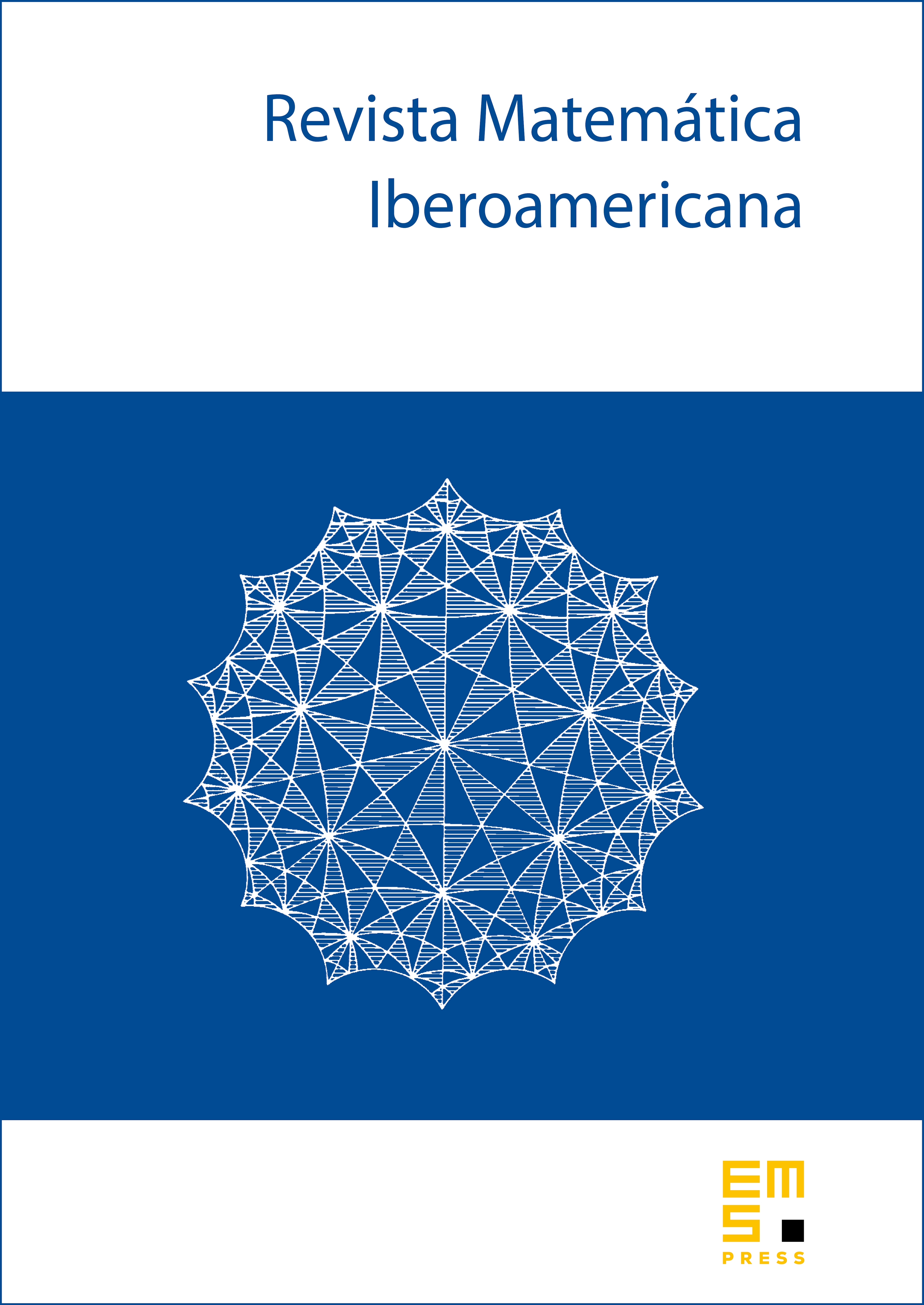Regularizations of general singular integral operators
Constanze Liaw
Baylor University, Waco, USASergei Treil
Brown University, Providence, USA

Abstract
In the theory of singular integral operators significant effort is often required to rigorously define such an operator. This is due to the fact that the kernels of such operators are not locally integrable on the diagonal , so the integral formally defining the operator or its bilinear form is not well defined (the integrand in not in ) even for “nice” and . However, since the kernel only has singularities on the “diagonal” , the bilinear form is well defined, say, for bounded compactly supported functions with separated supports.
One of the standard ways to interpret the boundedness of a singular integral operators is to consider the regularized kernel [ K_\varepsilon(s, t) = K(s, t), m((s-t)/\varepsilon), ] where the cut-off function is in a neighborhood of the origin, so the integral operators with kernel are well defined (at least on a dense set). Then instead of asking about the boundedness of the operator , which is not well defined, one can ask about uniform boundedness (in ) of the regularized operators .
For the standard regularizations one usually considers truncated operators with , although smooth cut-off functions were also considered in the literature.
The main result of the paper is that for a wide class of singular integral operators (including the classical Calderón–Zygmund operators in nonhomogeneous two weight settings), the so called restricted boundedness, i.e., the uniform estimate [ |\langle Tf, g \rangle| \le C ,|f|p ,|g|{p'} ] for bounded compactly supported and with separated supports implies the uniform -boundedness of regularized operators for any reasonable choice of smooth cut-off function . For example, any }, in a neighborhood of , and such that is compactly supported would work.
If the kernel satisfies some additional assumptions (which are satisfied for classical singular integral operators like the Hilbert transform, Cauchy transform, Ahlfors–Beurling transform, and generalized Riesz transforms), then the restricted boundedness also implies the uniform boundedness of the classical truncated operators ().
Cite this article
Constanze Liaw, Sergei Treil, Regularizations of general singular integral operators. Rev. Mat. Iberoam. 29 (2013), no. 1, pp. 53–74
DOI 10.4171/RMI/712